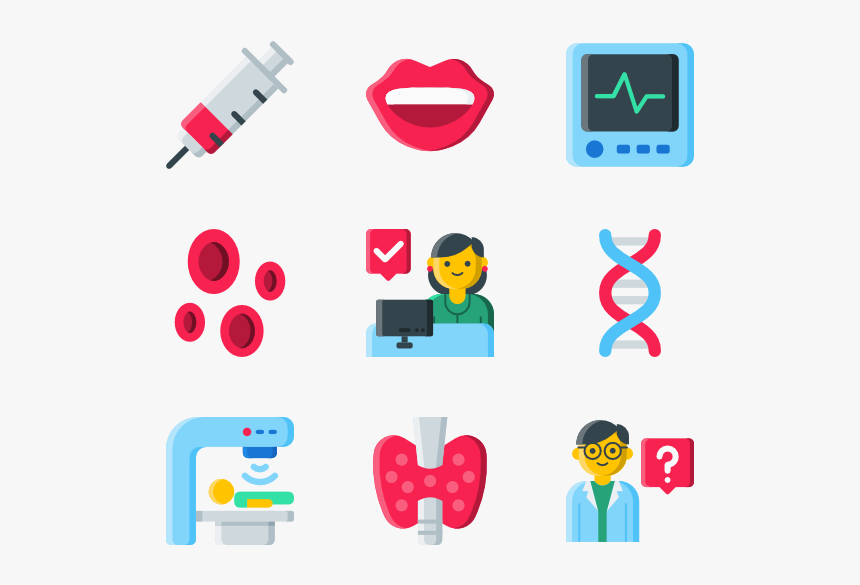Unlocking Human Potential Through Strategic Habit Modification
Human behavior is significantly shaped by ingrained habits, which act as the foundational building blocks of our daily lives and profoundly influence our overall success. Understanding and leveraging the mechanics of habit formation, specifically focusing on habit cues – the environmental or internal stimuli that initiate behavioral responses – is pivotal in achieving lasting positive change and realizing one's full potential. This article explores the neurological underpinnings of habit formation, provides practical applications of relevant theories, and offers actionable strategies for harnessing the power of cues to cultivate more fulfilling and productive lives. Key concepts, including the habit loop, cue-routine-reward model, and the principle of operant conditioning, will be examined to illustrate their practical application.
Habit cues, also referred to as triggers, are the environmental or internal stimuli that initiate specific behaviors. These cues can be categorized as external, such as visual stimuli (e.g., seeing a tempting dessert) or auditory stimuli (e.g., hearing a notification), or internal, such as emotional states (e.g., feeling stressed) or physiological cues (e.g., feeling hunger). These cues function as subconscious prompts, automatically activating pre-programmed behavioral responses, often operating outside conscious awareness. This process is deeply rooted in the brain's efficient allocation of cognitive resources, as detailed in the cognitive load theory.
The efficiency of the brain is central to habit formation. To conserve cognitive energy, the brain establishes neural pathways that automate frequently performed actions. The repetition reinforced by habit cues strengthens these pathways, making the associated actions increasingly automatic. This neurological efficiency, explained by principles of synaptic plasticity and long-term potentiation, explains both the challenges in breaking ingrained habits and the transformative potential of establishing beneficial ones. The ease or difficulty of changing a behavior is directly related to the strength of its associated neural pathways, illustrating the importance of consistent effort in modifying habits.
Consider this: the sight of junk food might trigger an impulsive craving (a negative habit cue), while the feeling of exhaustion might lead to neglecting exercise (a missed opportunity for a positive habit). These examples illustrate how habit cues subtly influence choices and actions. Recognizing and understanding these cues represents the critical first step toward gaining control and redirecting them towards positive outcomes. This aligns with the self-regulation theory, which highlights the importance of self-monitoring in modifying behavior.
To effectively harness the power of habit cues for positive transformation, the following techniques, grounded in the principles of behavioral modification, are recommended:
1. Precise Cue Identification and Analysis: Begin by meticulously observing daily routines and patterns. A detailed journal can be instrumental in pinpointing the specific situations, emotions, times, or locations that consistently precede particular behaviors. This detailed self-awareness, facilitated by techniques such as self-monitoring and behavior tracking, forms the foundation for effective habit modification. Identifying these cues allows for targeted interventions.
2. Strategic Implementation of Environmental Cues: Visual cues can effectively reinforce positive habits. Strategically placed visual reminders, such as motivational messages or habit trackers, serve as salient prompts, increasing the likelihood of desired actions. This leverages the principles of stimulus control, a key concept in operant conditioning.
3. Cultivating Positive Reinforcement: Linking desired behaviors with positive emotions, rewarding outcomes, and feelings of accomplishment enhances the association between the cue and the desired action. This positive reinforcement strengthens the habit loop, increasing the probability of repetition, consistent with principles of operant conditioning and reward-based learning.
4. Integration of New Habits into Existing Routines: Consistency is key. Integrating new habits into established routines leverages existing neural pathways, streamlining the process and increasing adherence. This strategy builds on the concept of habit stacking, where a new habit is linked to an established one, using the existing habit as a reliable cue for the new one.
5. Habit Stacking for Optimized Behavioral Change: Habit stacking strategically links a new habit to an existing one. For example, following a morning workout (established habit), engage in mindful meditation (new habit). The established habit acts as a reliable cue for the new habit, maximizing consistency. This approach is efficient and leverages the power of pre-existing neural pathways.
The cascading effect of positive habit formation extends beyond individual areas of life. Improving one habit can trigger a chain reaction of positive changes, affecting overall well-being. For instance, regular exercise might boost energy levels, mood, and productivity, demonstrating the interconnectedness of various aspects of well-being. The cumulative impact of positive habits contributes to a more holistic and fulfilling life.
Conclusions and Recommendations: Mastering habit cues is a transformative process of self-discovery and personal growth. Consciously identifying, understanding, and manipulating triggers enables behavioral reprogramming and paves the way for a more successful and fulfilling life. Future research could explore the long-term effects of different habit modification strategies across diverse populations, considering factors such as age, personality traits, and cultural contexts. The effectiveness of various cue manipulation strategies and their long-term impact on psychological well-being warrants further investigation. This research would not only refine existing methodologies but also contribute towards more personalized and effective interventions for habit change.
Reader Pool: Considering the principles of operant conditioning and cognitive load theory discussed in this article, how might we best tailor habit-change strategies to maximize individual effectiveness and minimize cognitive burden?




No comments yet. Be the first to share your thoughts!